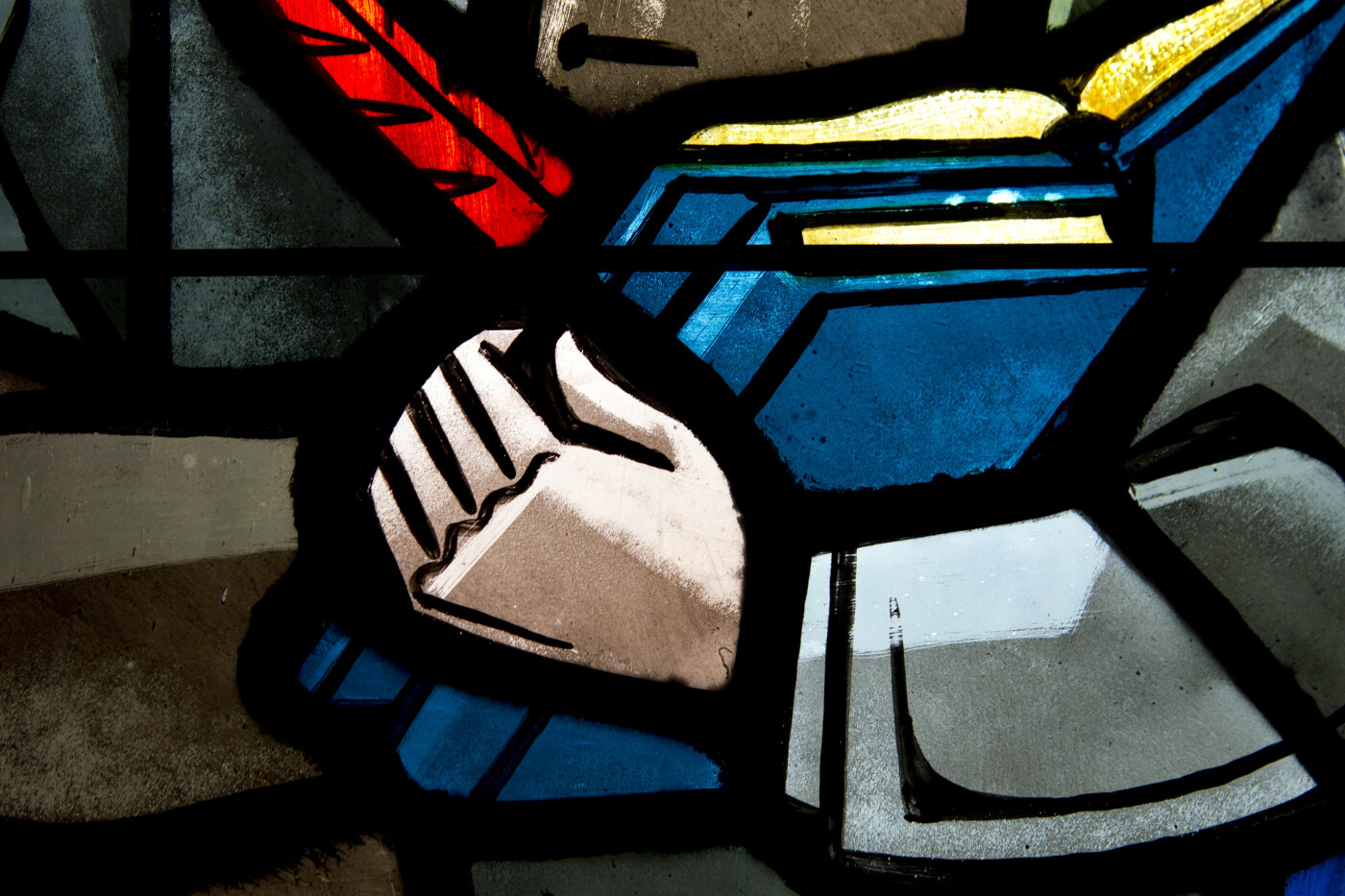Why the Cross of Jesus?
And why the cross of Jesus, you ask? Because you and I are addicted to glory.
Not true glory, mind you, but the kind of glory we see around us. Like Donald Trump and Hilary Clinton, from the National Football League to would-be hopefuls of America’s Got Talent, our culture is possessed by a desire for what the epic poet Homer called kleos aphthiton: “imperishable fame.”
This is, admittedly, a little bit unfair. In every sphere of our life and labor, the school or the workplace, the home, the theatre, or the internet, there are standards of evaluation to maintain quality and push us to excel. In a technocratic age, measures to quantify our progress and assess our profitability are increasingly demanded. If one is wary of the excesses of these demands, we nonetheless seek recognition for a work well done—lest our names become victims of historical amnesia.
The desire that excellence should be recognized in a healthy society; and that we should leave some advantage of reputation to our children and families—these are natural goods. Fame of a variety of dimmer sorts ought to accompany the life well lived, when both self and society are ordered rightly. But whatever fame is, it is critical and sometimes difficult to remember that this is not glory, as the Christian tradition speaks of glory. And when society, moreover, loses its moral compass, and thus, its ability to recognize true admirability from false admirability, fame may even become a positively deceptive tool, a beguiling sign pointing out a road to a country no one ought to be seeking. In the hands of devils and sophists, Fame (or as the Romans called her, Fama) is revealed as the chief Distractor—a goddess and an American idol of another sort.
When the Apostle Paul first set foot in Corinth, he discovered a people open to hearing the story of Jesus. They were, most likely, a mixture of Jews and Gentiles, God-fearers and pagans, mystery-rite initiates and idol-worshipers, soldiers and civilians. They were, moreover, like us a people obsessed with glory. From the Julio-Claudian Caesars down to the lowliest slave or prisoner, the Roman world in the time of Jesus and Paul was one orchestrated by honor and shame. Surveying this group, Paul asked himself this question: “how should I present the story of Jesus to these people?” Earlier in his pastoral career in Greece, Paul had emphasized the Resurrection of Jesus as the decisive event (1 Thess 4:13–18). Taken back, perhaps, at the pretentions to importance and wisdom in Corinth—“the thinking man’s or thinking woman’s church” of his day—Paul takes a calculated risk: to emphasize Jesus’ shame and folly. “For I decided to know nothing among you except Jesus Messiah, and him crucified” (1 Cor 2:2). We can well imagine that many who heard this version of the story were underwhelmed by this marginal, crucified Jew.
Paul, however, got stuck on the cross. Toward the end of his life, he wrote from a Roman prison cell to a group of Christians in the colony of Philippi that the center point and pivot of Jesus’ incarnation was not his infant flesh but his willingness to die in that flesh—“even death on a cross” (Phil 2:6–11). To miss this point, writes Dietrich Bonhoeffer (an imprisoned apostle of more recent memory)—to insist on the Resurrection without the Crucifixion—is tantamount to “cheap grace,” and not reflective of the life true Christian discipleship.
Martin Luther, when he was still an Augustinian monk (1518), puts it this way: “The theologian of glory calls evil good and good evil; the theologian of the cross calls the thing what it actually is. . . . He deserves to be called a theologian who comprehends the visible and manifest things of God seen through suffering and the cross” (Heidelberg Disputation, Theses 20–21).
Does this mean that Incarnation and Epiphany, Resurrection and Ascension, have no place in our talk about God and in our spiritual disciplines? By no means! Whatever Martin Luther meant (and I am no expert), Paul’s point is that the whole of Christ’s mission hinges on the historical event of the crucifixion; only as such is God’s peace and reconciliation possible. The crucified Jesus, moreover, is the one we are to imitate. One cannot skip to a discipleship of glory without walking the way of the cross. The Diocese of Dallas has long recognized this in its Latin insignia. Sub Cruce Veritas: “Truth beneath the cross.”
There is, as the late American songwriter Rich Mullins puts it, “such a thing as glory!” “We have seen it” (John 1:14), we receive it, we proclaim it, and through the contemplation of Jesus’ image, we are being transformed “from glory to glory” (2 Cor 3:18). But where better to find that glory than “beneath the cross” and beside the manger, in the woman who stood there weeping and lived her life within the shadow of the cross, but around whose shade Christ’s rays irradiated in all directions and pierced her soul itself with a brighter darkness. From Bethlehem to Golgotha, from the Myrrh to the Vinegar and Gall, Mary who had no earthly glory, no name and no genealogy, the lowly handmaiden, beckons us to walk with her in the via dolorosa, which is also the via gloriosa. If we do, we may experience this year the paradox which T.S. Eliot (as often) puts best: “And the rose and the fire are one.”
MBC
The Rev. Dr. Michael Cover grew up in South Dallas, where he and his family attended both the Church of the Good Shepherd in Cedar Hill and St. Anne Church in DeSoto. He was a graduate of Duncanville High School, and a Pathways to Ministry College Intern at St. Michael and All Angels in Dallas. He is currently Assistant Professor of New Testament at Marquette University in Milwaukee, WI, and priest associate at Trinity Episcopal Church in Wauwatosa, WI.


